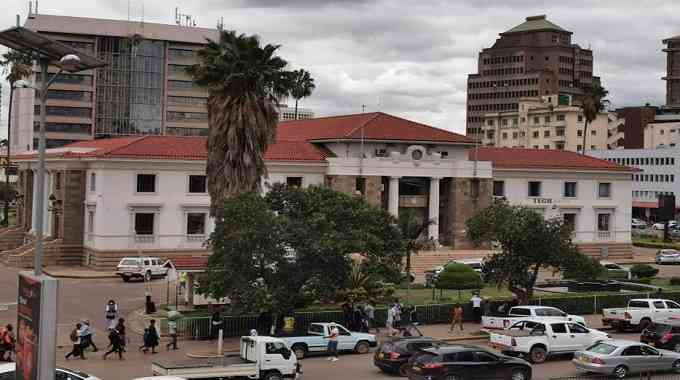
THE rains have started but on the ground there is little to show that Zimbabwe is an agriculture-based economy.
While most farmers have been consumed with the debate on how accurate the Meteorological Department is in predicting the dates on the onset of the rainfall, there is little discussion on the Pfumvudza/Intwasa programme.
Pfumvudza/Intwasa is a concept aimed at climate-proofing agriculture by adopting conservation farming techniques and involves the use of small areas to attain high yields. The programme supports over 1,6 million vulnerable households for maize, sunflower, small grains and soya beans production.
Maize production is supported with a standardised input package of 3kg seed, 50kg basal and 50kg top dressing fertilisers.
It is based on three core underlying principles, namely minimum soil disturbance or tillage; digging holes for planting only, permanent soil cover by using organic mulch; crop rotations and inter-cropping cover with main crops. Household food security is expected to be realised when activities are done on time, at standard, without wastage and to the expected precision.
Food security lessens the government’s burden on the fiscus and hence Pfumvunza/Intwasa is everyone's concern.
However, this season the government seems to be silent and it is hoped that the programme has not been politicised to the extent of being privatised.
There has been no publicity about it, except reports that the government agriculture extension officers were training and assessing the digging of holes in preparation for the planting days.
- Letter from America: The death of the Zimbabwe dollar shows the King has no clothes
- Deputy minister in GMB theft scandal
- ZITF: The hits, misses of 62nd edition
- ZITF: The hits, misses of 62nd edition
Keep Reading
Pfumvunza/Intwasa needs all the publicity it can get because one way or the other it affects every citizen, after all it is funded by the taxpayers.
This is the main reason why the programme must never discriminate on race, political affiliation, tribe, gender or any other segregating means because when paying tax none of that is asked.
By the same token, those who want to be part of the programme must do so without any persuasion or hindrance.
The success of Pfumvunza/Intwasa is unparalled since the turn of the millennium. After the land reform programme Zimbabwe suffered successive droughts before climate change put the final nail on agriculture.
Cotton farmers were subdued by cheap clothes imports from China, while wheat farmers somehow lost their campus to successful farming. Tobacco farmers held fort, having to deal with unpredictable market prices that have left some farmers swimming in debt.
Maize farmers had no choice, but to produce for the Grain Marketing Board, which took long to pay.
While it seemed like there was no light at the end of the tunnel, Pfumvunza/Intwasa came at the right time and brought relief as it gave farmers at the lowest levels a fighting chance. Despite being discouraged by sceptics, the government went on to implement the programme, which proved to be a success. Simple mathematics shows that by incorporating conservation agriculture practices, a 0,125 hectare plot can produce over 625 kg, up to 1500kg of maize grain. An average household of five people will require 550kg/year (at 110kg/capita/year).
Each household is expected to deliver at least 75kg contribution to the Strategic Grain Reserve, the 75Kg contribution should unlock package for the next season.
At yield level of at least 625kg/plot/household, the total production from 1,6 million households would be 1 000 000 MT and added to production from the commercial input programme (1 090 000 MT). The input support programmes are expected to guarantee the production of 2 090000 MT against a two million national requirement.
Once the country is able to feed communal homesteads, the farming budget can be channelled toward farming exports and research. It is against this background that the Pfumvunza/Intwasa programme must never be underestimated or understated as it is able to cover the basics of the country’s economy.
The government is very much aware of the reasons why the programme may fail as it reported earlier in the year that maize and sorghum production decreased by 54% and 80% respectively in the 2021/2022, owing to reduced productivity as farmers did not adhere to the Pfumvudza/ Intwasa principles, especially application of mulch and crop rotation. The other causes of low production were the abuse of inputs by known unscrupulous elements as well as side marketing of the produce.
Gwabanayi is a practising journalist and a farmer in his own right. — 0772 865 703 or [email protected]











